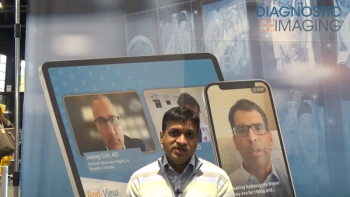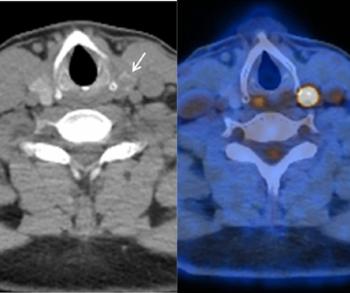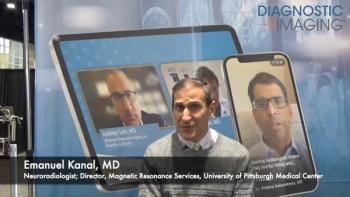
Reporting Law Prompting Greater Attention to Radiation Dose
California practices will be required to report CT dose starting July 1, and some are already seeing a culture change when it comes to radiation dose levels.
California practices are already taking steps to comply with the state’s
The University of California at San Francisco Medical Center (UCSF) began monitoring its dose levels nearly five years ago in response to the ACR’s Image Wisely and Image Gently campaigns.
“We’ve been proactive in increasing our consciousness about the radiation we exposure our patients to,” said Fergus Coakley, MD, UCSF chief of abdominal imaging. “But it’s important for the state to start requiring the reporting of CT radiation doses. That single act will increase conservation.”
In fact, the legislation has already prompted a culture change when it comes to dose reporting, he said. Providers pay more attention to dose levels and any technological changes that could alter exposure.
To help its radiologists comply with low-dose efforts, UCSF created its Radiology Oversight Committee (ROC). It’s like the CT radiation hall monitor for the medical center, said Coakley, who served as the ROC’s previous chair. The medical center also frequently updates its software and established a system-wide standard CT protocol rather than allowing individual radiologists to determine dosage levels per patient.
Smaller institutions are also preparing to meet the legislative requirements, though many don’t have the resources to create oversight committees.
“The new legislation hasn’t really changed much of what we do in our practice,” said Johnson Lightfoote, MD, a neuro- and diagnostic radiologist with Pomona Valley Hospital in California. “We know that the CT machines are already recording the dose levels, but the law is making us stop and think twice about the radiation exposure we’re giving individual patients. We are paying more attention to it.”
Although actually reporting dose level and accidental overdoses might be an extra step during daily practice, the long-term benefits will be significant, Lightfoote said. The data will not only enhance scientific and biomedical research, but it could be used to prevent future radiation accidents.
Newsletter
Stay at the forefront of radiology with the Diagnostic Imaging newsletter, delivering the latest news, clinical insights, and imaging advancements for today’s radiologists.




























